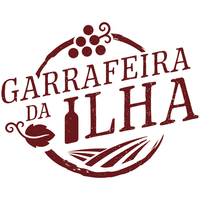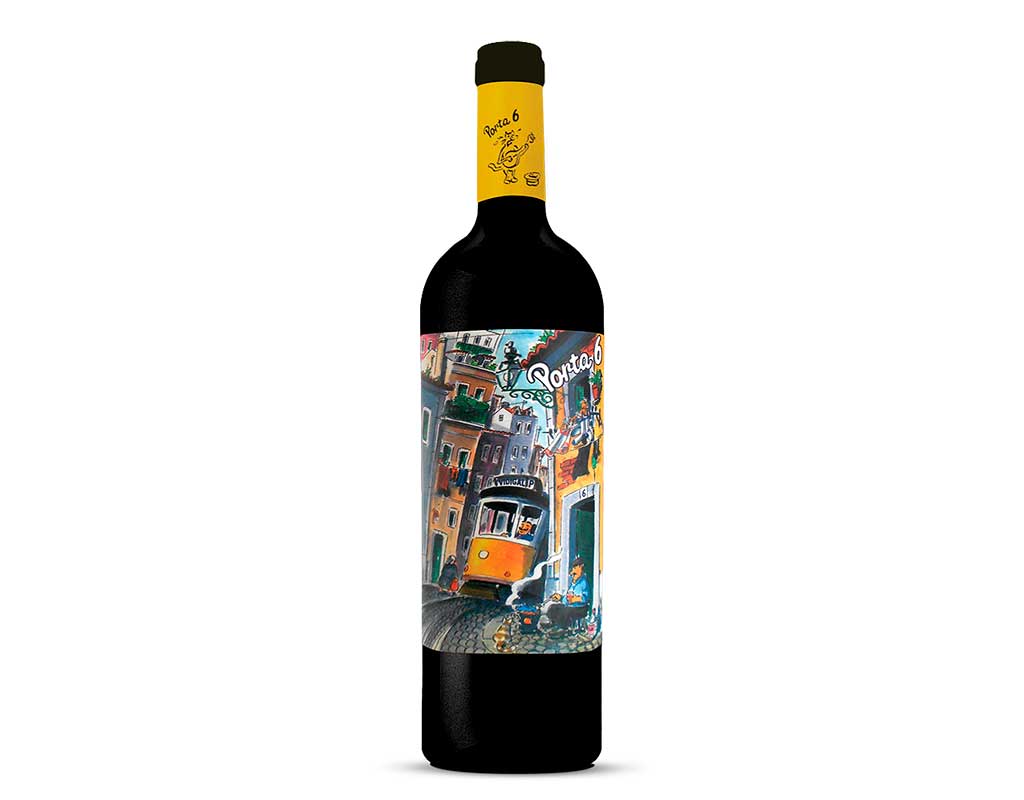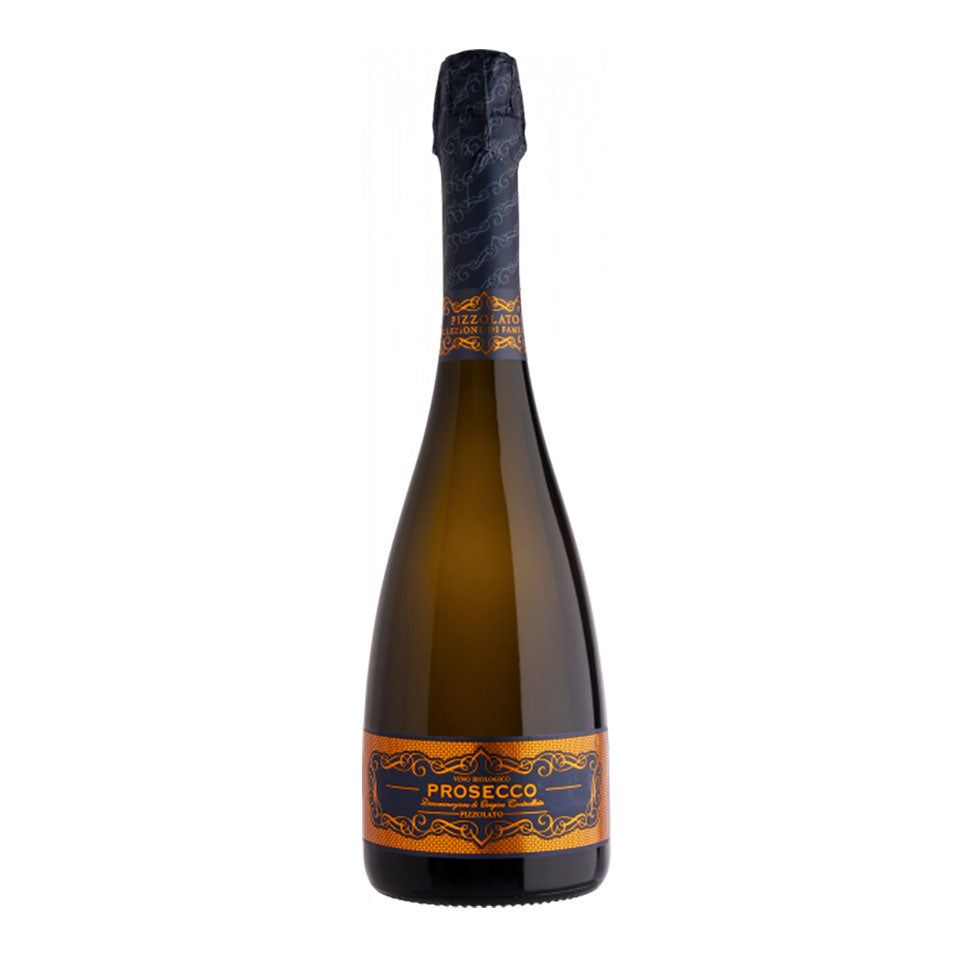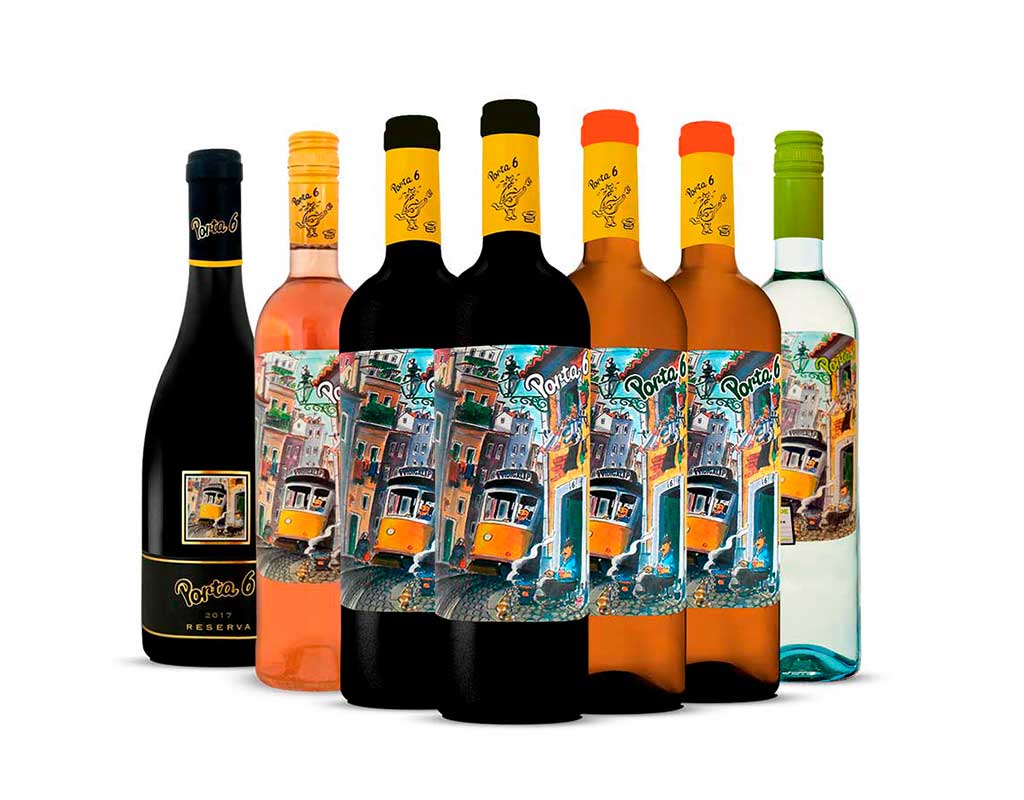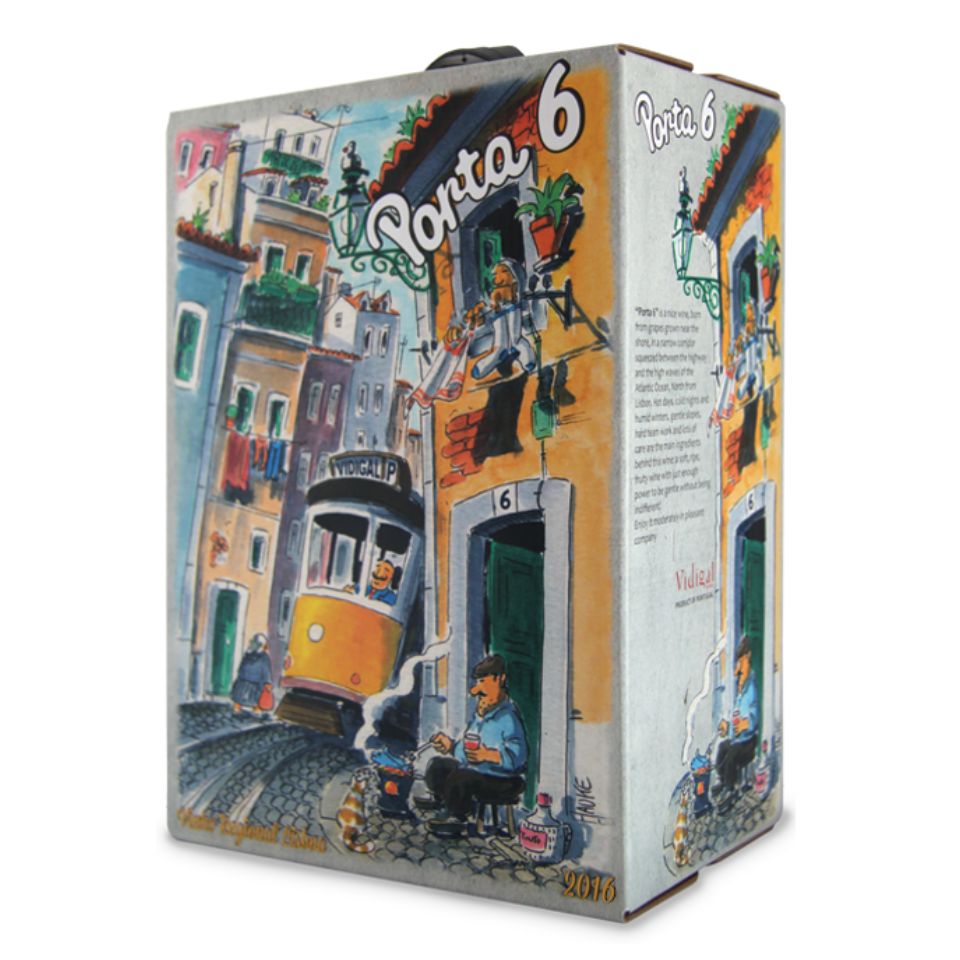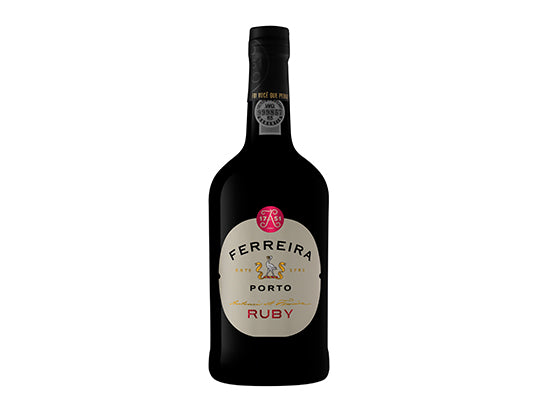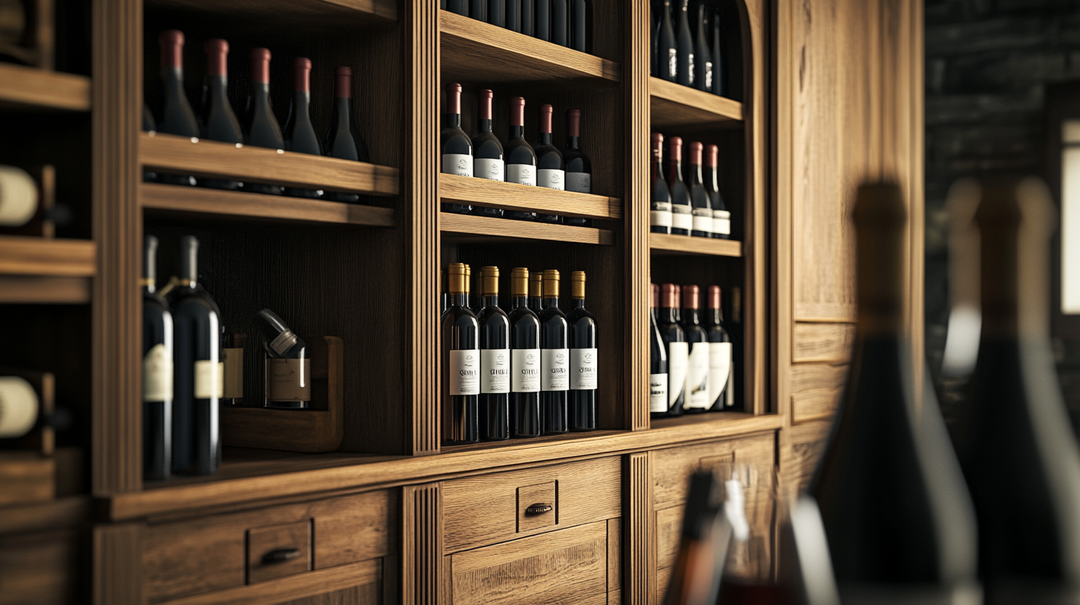The Most Expensive Orange Wine in the World
Orange wine has evolved from a niche curiosity to a celebrated premium category in the wine world. Also known as amber wine or skin-contact wine, this natural wine style has surged in popularity globally. Today, one bottle stands above all as the most expensive orange wine in the world, reflecting the blend of tradition, innovation, and luxury that defines high-end orange wines.

What is Orange Wine?
Orange wine is a style of white wine made by fermenting white grapes with their skins on, much like a red wine. This skin-contact fermentation imparts an amber-orange hue and tannic structure to the wine. In essence, instead of quickly pressing off the skins as in typical white winemaking, the juice remains in contact with grape skins for days or weeks. The result is an amber wine with more depth, texture, and bold flavors. Often, orange wines are made using low-intervention methods – part of the reason they’re closely associated with the natural wine movement. (In the Republic of Georgia, where this ancient technique originated, the term “amber wine” is preferred.)
The Rise of Premium Orange Wine
Once an esoteric style reserved for adventurous sommeliers and natural wine enthusiasts, orange wine has entered the mainstream of premium wine. Over the past decade, its mystique and food-friendly versatility have fueled demand beyond niche wine bars. This growing popularity has inspired renowned winemakers to craft their own high-quality skin-contact wines. For example, even traditional wineries in Portugal’s Douro region have released modern orange wines like the Poças Fora da Série Orange – a skin-contact Douro white that showcases refreshing aromatics and rich texture. (Poças’s Fora da Série Orange is a great example of a classic producer embracing the orange wine trend.) As interest has expanded internationally, top-tier producers have begun pushing the envelope, both in winemaking and pricing, for these amber wines.
The World’s Most Expensive Orange Wine: Villa Soleilla
The title of world’s most expensive orange wine belongs to Villa Soleilla, an iconic orange wine from Languedoc, France. Created by acclaimed winemaker Gérard Bertrand, Villa Soleilla debuted with a price tag of around €149 per 750ml bottle (≈ $170), positioning it as the priciest current-release orange wine on the market. By some margin, it outstrips other orange wines in price, cementing its luxury status. So, what justifies this premium?
Villa Soleilla is crafted from carefully selected white grapes (Roussanne, Vermentino, and Viognier) grown on Bertrand’s biodynamic estate near Château l’Hospitalet. The wine ferments on skins for several weeks and is aged in a combination of clay amphorae, glass containers, and oak barrels – a technique aimed at achieving remarkable complexity. Everything about Villa Soleilla exudes exclusivity: it’s bottled in a special deep-orange glass, packaged in a polished wooden case, and produced in very limited quantities. Upon release, it earned high praise for its intense and refined character, with critics noting layers of marmalade, honey, apricot, and tea-like aromas alongside a firm structure. As Gérard Bertrand explained, the goal with Villa Soleilla was “to create the most iconic orange wine,” paying tribute to ancient Georgian winemaking traditions while elevating the style to a new level of luxury.
Other Ultra-Premium Orange Wines
Villa Soleilla may top the charts, but a few other rare orange wines approach its level. Notable among them is Tenute Venissa Bianco from the Venetian lagoon in Italy – an amber wine made from the nearly lost Dorona grape. Recent releases of Venissa Bianco cost around €150 for a half-liter bottle, and older vintages have fetched several hundred euros due to their rarity and small production. Likewise, cult natural winemakers have entries in this elite club: on the Sicilian island of Pantelleria, Gabrio Bini’s “Heritage” skin-contact wine is highly sought after, and in northeastern Italy, Joško Gravner’s aged Ribolla Gialla Riserva bottlings are legendary. These wines can exceed Villa Soleilla’s price on the secondary market – but typically only in library or back vintages. Among current releases, Villa Soleilla remains the benchmark for price. By comparison, Portugal’s most expensive orange-style wine, the Conceito Único White, is about €98 – illustrating just how singular Villa Soleilla’s position is. (Conceito’s Único White, an ultra-premium Douro amber wine, is one of the priciest orange wines available at Garrafeira da Ilha.)
Why Are Some Orange Wines So Expensive?
Several factors enable a few orange wines to command extreme prices:
-
Limited Production & Craftsmanship: High-end orange wines are often made in tiny batches, sometimes just a few hundred bottles, using labor-intensive techniques. Villa Soleilla, for instance, is meticulously fermented in mixed vessels and aged longer to develop complexity. Such handcrafted processes and biodynamic or organic farming drive up costs.
-
Unique Grapes & Terroir: Many premium amber wines use rare grape varieties or special vineyards. Venissa’s Dorona grapes, grown on the Venetian islands, are virtually unique to that wine. The scarcity of these grapes and the distinct terroir story add value for collectors.
-
Packaging & Positioning: Luxury packaging and branding play a role. From artistic bottles to bespoke cases, producers signal that these are exclusive wines. Gérard Bertrand even ships Villa Soleilla in a glass-fronted wooden box, underlining its prestige. This level of presentation aligns with pricing the wine as a collectible item.
-
Natural Wine Hype & Heritage: Orange wines occupy a crossover between ancient tradition and modern trendiness. The allure of an 8,000-year-old Georgian winemaking method, combined with today’s natural wine excitement, creates a compelling narrative. Enthusiasts are willing to pay a premium for an authentic skin-contact wine that symbolizes both history and innovation.
-
Taste and Aging Potential: Top orange wines offer flavor complexity comparable to fine reds or whites. Extended skin contact can yield layers of dried fruit, spice, tea, and herbal notes, with tannins that give the wine structure to age. When an orange wine demonstrates the ability to evolve in bottle for years (as Gravner’s do), it earns a place in cellars – and a higher price tag.
In essence, the most expensive orange wines justify their cost through a mix of rarity, craftsmanship, and storytelling. They are not everyday sippers, but benchmark expressions that showcase what skin-contact wines can achieve at the high end.
At Garrafeira da Ilha, we appreciate the full spectrum of orange wines – from accessible bottles to the rare gems. Our collection spans affordable introductions like Laranja do Norte (a vibrant Portuguese “Northern Orange”) to high-end collectibles like the aforementioned Conceito Único White. This means wine lovers can explore this fascinating category at any budget, experiencing firsthand why orange wine has captivated the world’s attention.
Orange Wine FAQ
What is orange wine and how is it made?
Answer: Orange wine is made by fermenting white grapes with their skins (and sometimes stems) for an extended period, similar to how red wine is produced. The grape skins impart an orange or amber color, tannins, and complex flavors to the wine. In contrast, regular white wine is fermented without skin contact, so it remains lighter in color and body. Orange winemaking often uses natural or low-intervention methods – for example, fermenting in clay amphorae or neutral vessels – which can result in a more rustic, unique character.
Is orange wine a type of natural wine?
Answer: Orange wine refers to a style (skin-fermented white wine), while natural wine refers to a winemaking philosophy. Many orange wines are indeed made in a natural wine spirit – with organic grapes, wild yeasts, and minimal additives – because the resurgence of orange/amber wines has been led by winemakers in the natural wine movement. However, not every orange wine is “natural” by strict definition. Some, like Villa Soleilla, are made with innovative techniques and some modern intervention, yet still celebrate the ancient origins of skin-contact wines. In short, orange wine often overlaps with natural wine, but the terms aren’t interchangeable.
What does orange wine taste like, and how should I serve it?
Answer: Orange wines typically have bold, robust flavors and a distinct texture. You might notice aromas of orange peel, dried apricot, tea, or nuts, and flavors that can range from stone fruits and honey to herbal or savory notes. Thanks to tannins from the skins, the mouthfeel is more structured or grippy than a standard white wine – sometimes comparable to a light red. Serve orange wine slightly cool (around 10–14°C, not ice-cold) in a white wine glass. Its intense flavors make it very food-friendly: try pairing an amber wine with roasted vegetables, flavorful cheeses, cured meats, or spiced dishes. Allow the wine to breathe a bit after opening, and you’ll find the complex layers of a good orange wine unfold with each sip.
